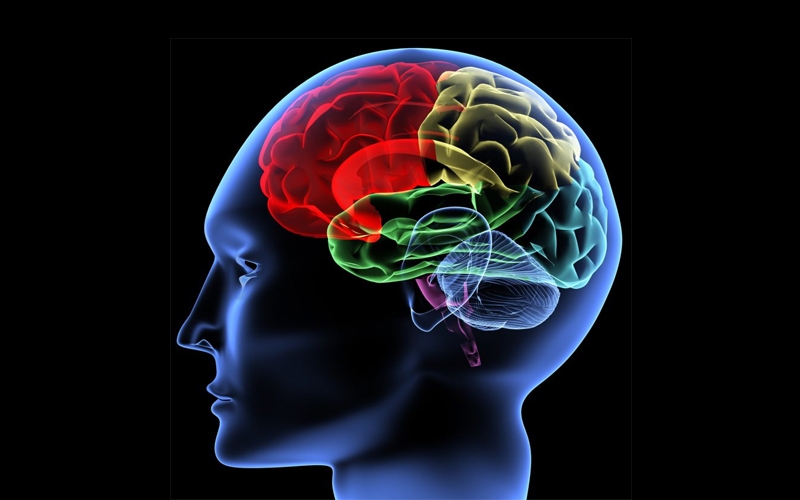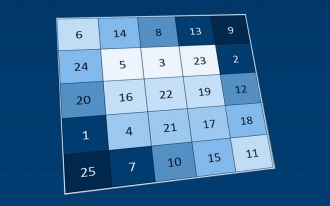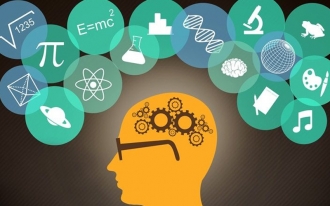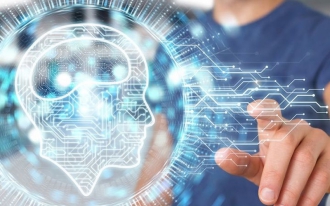- BRAINTRAIN |
- Blog |
- Brain Development |
- Brain Energy Crisis

Bogdan Moroz 10.02.2020 1675 Comments
In today’s world, we increasingly hear about disorders linked to nervous system and brain dysfunctions. Psychosomatic issues are rising, even among younger generations. Can regular brain training with specific exercises counter these destructive processes?
A team of scientists from Lübeck, Northern Germany, led by A. Peters, investigated the spread of nervous disorders and brain dysfunctions in youth. Their findings provided the clearest explanation of these processes and shed light on the workings of neural tissue’s smallest structures.
Brain Cell Structures and Their Roles
To understand these processes and potential causes of cognitive dysfunction, we must examine neural tissue’s structure and cell functions. At the cellular level, the nervous system is unique, unlike any other bodily structure. It primarily consists of two distinct cell types that divide critical functions and live in symbiosis. Both are vital to the body, but one is hierarchically more critical, while the other supports it, providing protection and resources. These are neurons and astrocytes.
Neurons
The most critical cells in the nervous system, each neuron forms unique connections with others, creating a neural network. This network stores information, enables skills, and regulates bodily functions. New connections form during each memory training or skill acquisition. Losing a neuron is significant, as its connections cannot be fully restored, rendering entire network sections nonfunctional.
This importance drives the body to prioritize neuron protection and support.
Neurons daily synthesize DNA and RNA nucleotides, building materials for new proteins and repairing damaged areas. Each neuron ensures enough material for timely internal repairs.
Another key product is the protective protein glutathione, which combats harmful free oxygen and nitrogen radicals that could damage cell structures.
Beyond self-repair and protection, neurons generate powerful impulses, sending them to regulate and activate bodily processes.
Astrocytes
Support cells outnumbering neurons, with several astrocytes tending to each neuron.
Astrocytes primarily perform glycolysis, breaking down glucose—the body’s main energy source. Only a small portion of this energy sustains astrocytes; the rest, as lactic acid, goes to neurons. In neuronal mitochondria, via the tricarboxylic acid cycle, this produces 38 ATP molecules, the body’s most energy-rich compound. Astrocytes, in contrast, generate only 2 ATP molecules for themselves during glycolysis.
Another key role is producing protective hormones, including:
- Oxidoreductase
- Glutathione Transferase
- Glutathione
- Glutathione Peroxidase
- Glutamate-Cysteine Ligase
These neutralize harmful oxygen and nitrogen radicals, protecting cell membranes from oxidative damage.
Energy Distribution in the Body
All energy from digested food enters the blood as glucose, a monosaccharide with immense energy potential, realized only with sufficient oxygen to produce ATP. Less energy-rich compounds like ADP and AMP benefit other tissues but fall short for the energy-intensive nervous system.
Where Glucose Goes
Glucose isn’t distributed evenly. Studies show 50% of the body’s glucose is consumed by neural tissue, despite it comprising only 2% of body weight. This highlights neural tissue’s energy dependence and sensitivity to glucose and ATP shortages.
Energy Use in Brain Structures
Despite astrocytes outnumbering neurons, they use only 2 ATP molecules, passing 38 to neurons. Neurons consume twice the incoming energy for survival, impulse generation, and transmission.
Energy Starvation
During intense mental activity, often involving multitasking, distractions, or insufficient oxygen, neural tissue can face an energy deficit.




